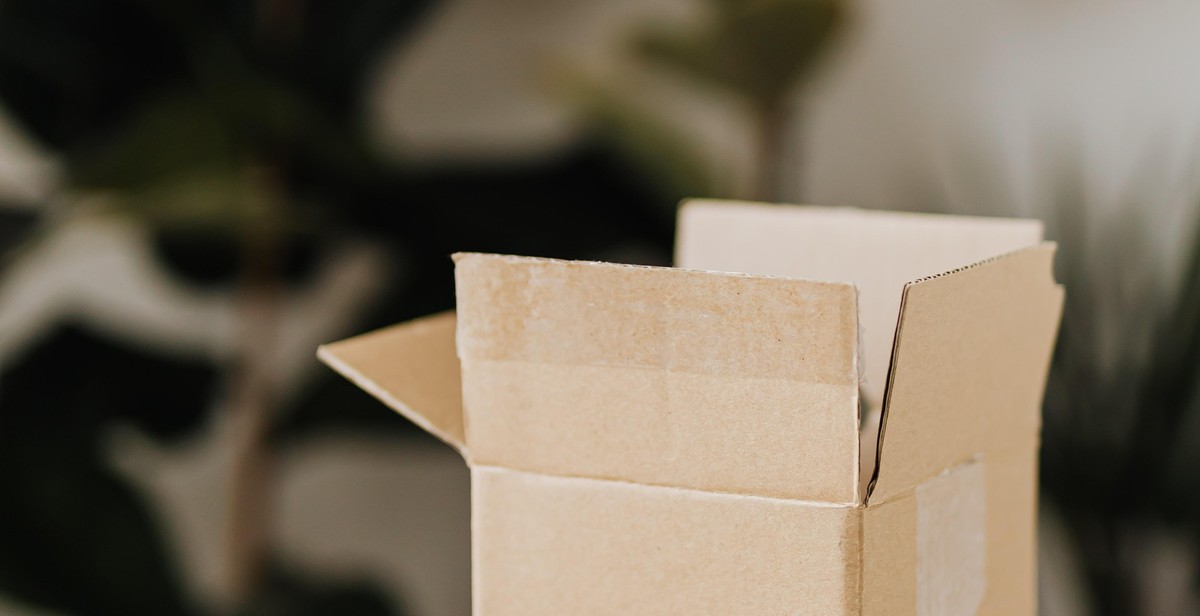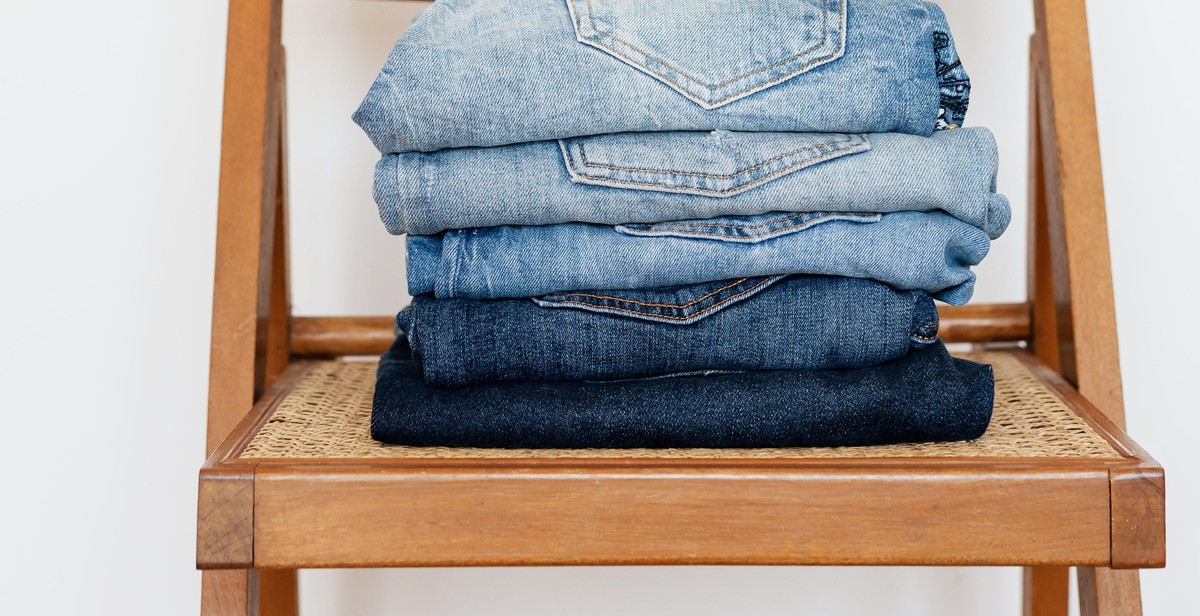Introduction: Enhancing Customer Experience through a Welcoming Retail Store Layout
Creating a welcoming retail store layout is crucial in enhancing the customer experience. The layout of a retail store can influence how customers perceive the brand, the products, and the overall shopping experience. A well-designed layout not only attracts customers but also encourages them to stay longer, explore more products, and ultimately make a purchase.
However, designing a welcoming retail store layout requires careful planning and consideration of various factors such as the target audience, product placement, traffic flow, and overall aesthetics. In this article, we will explore the different elements that make up a welcoming retail store layout and provide tips on how to create an inviting and attractive shopping environment.
Why is a welcoming retail store layout important?
A welcoming retail store layout is important for various reasons. First, it creates a positive first impression on customers, which can influence their shopping behavior and loyalty to the brand. Second, a well-designed layout can help customers navigate the store easily and find the products they need, reducing frustration and enhancing the overall shopping experience. Finally, an inviting and attractive layout can differentiate a retail store from its competitors and attract more foot traffic, ultimately leading to increased sales and revenue.
Designing the Layout
The layout of your retail store can make a huge difference in the customer experience. A well-designed layout can create a welcoming atmosphere that encourages customers to spend more time in your store and make purchases. Here are some tips to help you create a layout that enhances the customer experience:
Consider the Customer Journey
When designing your store layout, it’s important to consider the customer journey. This refers to the path that customers take as they move through your store. You want to make sure that this journey is easy and intuitive, so that customers can find what they’re looking for without getting lost or frustrated.
One way to do this is to create a clear path through your store, with different sections or departments clearly marked. You can use signs, floor decals, or other visual cues to guide customers through the space.
Create a Focal Point
A focal point is a visual element that draws the customer’s attention and creates a sense of interest and excitement. This could be a product display, a feature wall, or a unique piece of artwork.
By creating a focal point, you can create a sense of visual interest and encourage customers to explore the space. This can also help to create a sense of brand identity and differentiate your store from competitors.
Use Lighting to Your Advantage
Lighting can have a huge impact on the look and feel of your store. By using different types of lighting, you can create different moods and highlight different areas of your store.
For example, you might use bright, overhead lighting in the main shopping areas to create a sense of energy and excitement. In more intimate areas, like fitting rooms or lounges, you might use softer, more ambient lighting to create a sense of relaxation and comfort.
By using these tips to design your store layout, you can create a welcoming atmosphere that enhances the customer experience and encourages sales.

Product Placement
One of the most important aspects of creating a welcoming retail store layout is product placement. Grouping similar products together not only makes it easier for customers to find what they are looking for, but it also helps create a cohesive look and feel throughout the store.
Eye-Level Shelves for Popular Items
Eye-level shelves are prime real estate in any retail store. It is where customers’ eyes naturally gravitate towards, and it is where you should place your most popular items. Use these shelves to showcase your best-selling products or items that you want to promote. This is an excellent way to grab customers’ attention and increase sales.
Create a Sense of Scarcity
Creating a sense of scarcity is a powerful marketing tool that can drive sales. By using limited stock or limited time offers, you can create a sense of urgency that encourages customers to make a purchase. Place these items in a prominent location in the store, such as near the entrance or checkout, to ensure that customers see them.
| Product Placement Tips: |
|---|
| Group similar products together |
| Use eye-level shelves for popular items |
| Create a sense of scarcity |
By following these product placement tips, you can create a retail store layout that enhances the customer experience and increases sales. Remember to regularly review and adjust your product placement strategy to ensure that it remains effective.

In-Store Signage
In-store signage is a crucial aspect of retail store layout design. It helps customers navigate the store, find what they are looking for, and discover new products. Here are some tips on how to create effective in-store signage:
Make Signage Clear and Concise
When creating in-store signage, it’s important to keep the message clear and concise. Use simple language and avoid using jargon or technical terms that customers may not understand. The font size should be large enough to be easily readable from a distance, and the colors should contrast with the background to ensure visibility.
Use Signage to Guide Customers
Use signage to guide customers through the store. This can include directional signs that indicate where different product categories are located or signs that highlight specific areas of the store, such as new arrivals or bestsellers. By guiding customers through the store, you can help them find what they are looking for and increase the likelihood of making a sale.
Use Signage to Highlight Sales and Promotions
In-store signage is also an effective way to highlight sales and promotions. Use eye-catching graphics and colors to draw attention to the promotion and make it stand out. Be sure to include the dates of the promotion and any applicable terms and conditions.
| Signage Type | Description | Example |
|---|---|---|
| Directional Signage | Signs that indicate where different product categories are located |  |
| Promotional Signage | Signs that highlight sales and promotions |  |
| Product Signage | Signs that provide information about a specific product |  |
Effective in-store signage can enhance the customer experience and increase sales. By making signage clear and concise, using it to guide customers, and highlighting sales and promotions, you can create a welcoming retail store layout that keeps customers coming back.

Creating a Comfortable Environment
When designing a retail store layout, it’s essential to create a comfortable environment for your customers. The following are some crucial elements to consider:
Consider the Temperature and Air Quality
Temperature and air quality can significantly impact the customer experience. A store that’s too hot or too cold can make customers feel uncomfortable, which can lead to a shorter visit or even a lost sale. On the other hand, a store that’s too stuffy can make customers feel claustrophobic and eager to leave. Ensure that your store has proper ventilation and temperature control to create a pleasant shopping environment.
Play Background Music
Background music can help create a relaxed and welcoming atmosphere in your store. Choose music that’s appropriate for your brand and target audience. For instance, if you’re selling high-end luxury products, consider playing classical music or jazz. If you’re targeting a younger audience, pop or electronic music might be more appropriate. Keep the volume at a reasonable level to avoid overwhelming your customers.
Provide Comfortable Seating Areas
Providing comfortable seating areas can encourage customers to spend more time in your store. This is particularly important if you’re selling products that require more time to consider, such as furniture or electronics. Soft chairs or sofas can make customers feel more at home and relaxed, which can lead to a higher likelihood of making a purchase. Ensure that your seating areas are strategically placed throughout the store, so customers can take a break whenever they need to.
By considering these elements, you can create a comfortable environment that encourages customers to stay longer in your store and increases the likelihood of making a purchase.
Conclusion
Creating a welcoming retail store layout is crucial for enhancing customer experience and increasing sales. A well-designed store layout can help customers navigate through the store easily, find what they are looking for, and make purchases comfortably. In this article, we have discussed some essential tips for creating a welcoming retail store layout that can help you achieve these goals.
Key Takeaways
- Start by understanding your target customers and their shopping behaviors.
- Use a store map to plan the layout and ensure that it is easy to navigate.
- Create a focal point in the store to attract customers and showcase your products.
- Pay attention to lighting, colors, and signage to create an inviting atmosphere.
- Ensure that your store is clean, organized, and clutter-free.
By following these tips, you can create a store layout that not only enhances customer experience but also increases sales. Remember, a welcoming store layout can make a significant difference in how customers perceive your brand and whether they decide to make a purchase.
| Author: | John Doe |
| Published: | June 1, 2021 |
| Category: | Retail Store Design |
